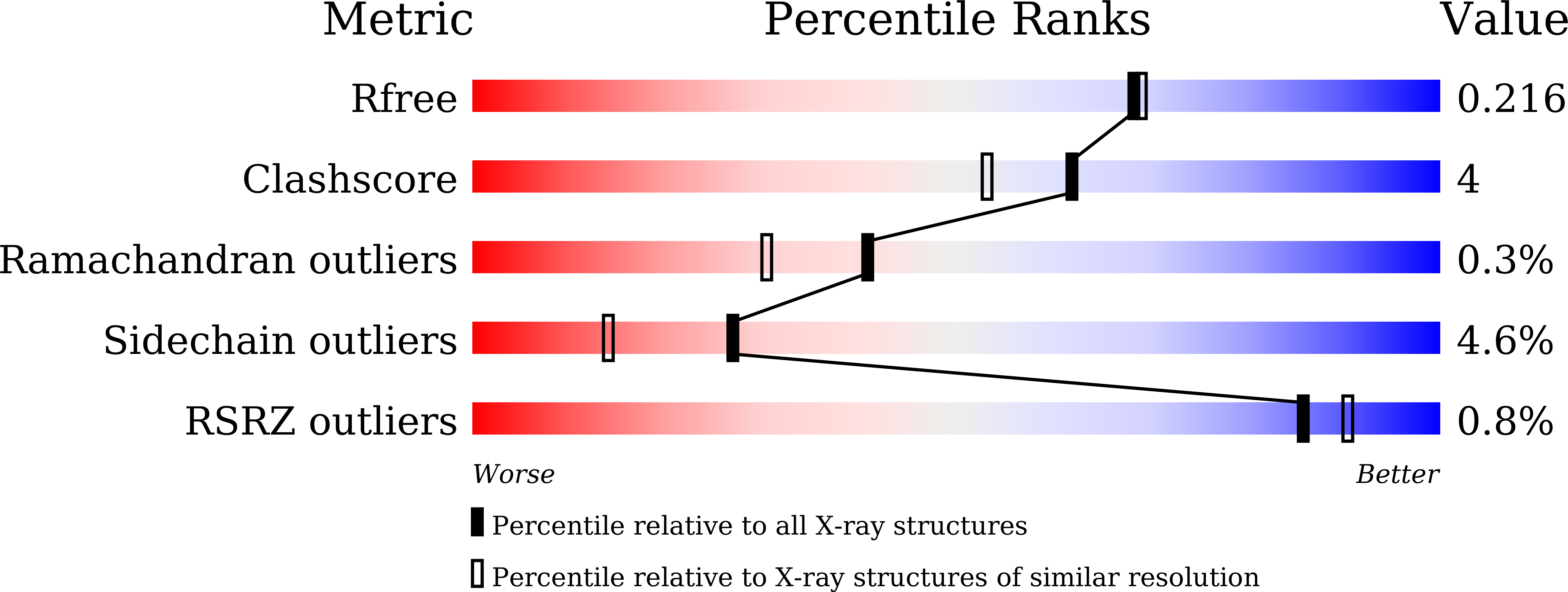
Deposition Date
2021-03-17
Release Date
2021-11-24
Last Version Date
2023-11-29
Entry Detail
PDB ID:
7EDZ
Keywords:
Title:
Crystal Structure of human PPCS in complex with P-HoPan and AMPPNP
Biological Source:
Source Organism:
Homo sapiens (Taxon ID: 9606)
Host Organism:
Method Details:
Experimental Method:
Resolution:
1.95 Å
R-Value Free:
0.20
R-Value Work:
0.17
R-Value Observed:
0.17
Space Group:
C 1 2 1


